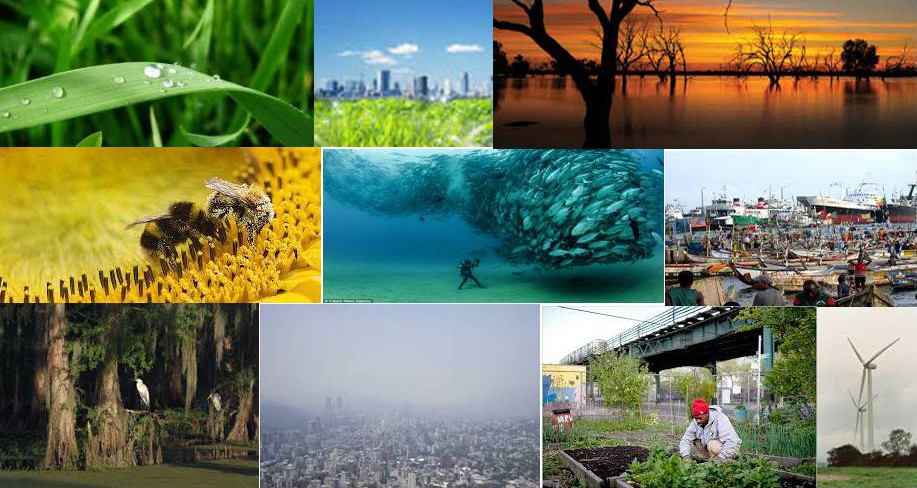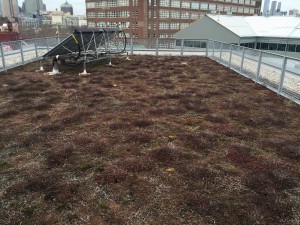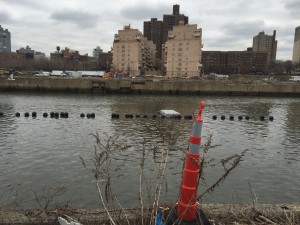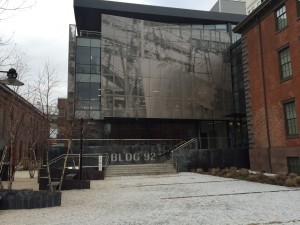1. The urban sustainability index is a proposal to measure the performance of cities in five sustainability categories which include: how well the cities are meeting the needs of their citizens, resource efficiency, environmental cleanliness, built environment and lastly their commitment to future sustainability.
2. The three components that I want to discuss and to analyze if they are achievable are: basic needs, built environment and commitment to future sustainability.
Basic needs are the measurements of the water access rate, the living space (square meters per capita), doctors per capita and student-teacher ratio in primary school. These four indicators can easily be measured through data obtained by several government agencies and are available online.
Built environment: Is the measure of urban density (persons per square kilometer), mass transit usage, public green space and building heating efficiency. The first can be measured through the city demographics information obtained from the city’s council. The second can be obtained by using the population number and information provided by mass transit authorities. The third is a physical measure of space which can be calculated by government engineers. And finally the fourth is obtained by the heating and ventilation agency affiliated with the department of buildings of the city.
Commitment to future sustainability is a measure of the number of environmental professionals pre capita, and the amount of environmental sanitation funds per GDP. The first can be obtained by collecting information from private and public groups of professionals who deal with the environmental issues. The second can be obtained by the city’s budget in the sanitation department and using the nations or city’s GDP available from the department of finance.

 The extensive green roof system, which has plants (seedum plants) that are low maintenance and are used to absorb a lot of the water from the rainfall. The solar panel to the left of the picture is part of a solar thermal system which provides hot water to the building.
The extensive green roof system, which has plants (seedum plants) that are low maintenance and are used to absorb a lot of the water from the rainfall. The solar panel to the left of the picture is part of a solar thermal system which provides hot water to the building.



